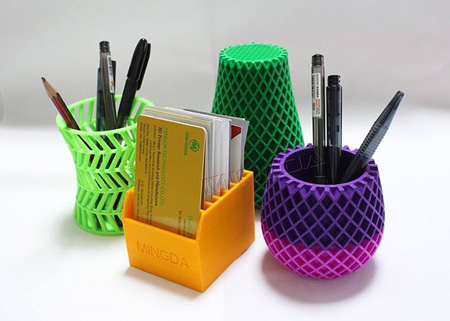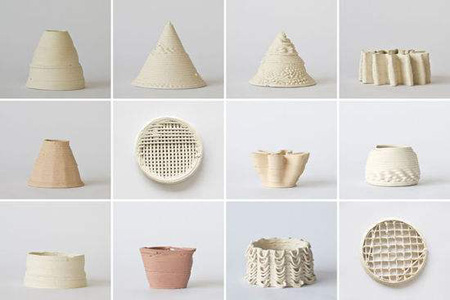In the field of 3D printing, there is a new product, the magnetic drive, a product that replaces the power supply. Markus Chmielus, a professor of mechanical engineerings and materials science at the University of Pittsburgh, believes that in future industries, 3D printing technology can quickly and cost-effectively print magnetic drives. The driver can accurately move robots, parts holders, folding solar panels, and other objects, and can complete multiple tasks without power.

The National Science Foundation (National Science Foundation) also agreed with this view. Recently, the Foundation provided $ 300.000 to Chmielus Laboratories to help them achieve research results. Before this, this round of funding was first used for the first phase of Chmielus research, that is, the effect of 3D adhesive jet printing on the performance of magnetic shape memory alloys with enhanced magnetic metals. He said that so far, this research prospect is still comprehensive.
Chmiel explained that when the magnetic shape memory alloy is in a magnetic field, its shape changes, and when the magnetic field disappears, it returns to its original shape. Besides, it can also generate a certain amount of energy spontaneously, so when it acts on small objects, it can start the driver without the need for a battery or other power supply.
He also mentioned that magnetic binder jet printing technology uses a magnetic field to align raw material powder particles to enhance the structure and magnetic anisotropy of the material (a property that measures the degree of reaction of a substance to a magnetic field). The driving response is derived from the anisotropy of matter.
Although some other researchers are also working on exploring similar printing methods, Chmielus said that if progress goes well, he and his team will be the first to use the above method to print out materials with enormous tension and optimal microstructure arrangement, to Manufacture high-precision, high-performance large-stroke drive, and magnetic materials.

In terms of materials, to find a more cost-effective method to produce alloys with complex structures, Chmielus finally chose nickel-based alloy powders that could be made by themselves as sensors, robots, and power generation machinery. Raw material. This powder is a commonly used magnetic shape memory alloy, known for its low twinning pressure and driving performance. Chmiel Laboratories is also trying to use materials made of biocompatible materials and titanium alloys as raw materials.
Besides, Chmielus mentioned that the adhesive jet printing process is much faster than the laser sintering process commonly used in additive manufacturing. He said: "The former does not need laser spot scanning samples, but uses a large raw material box to print in the entire area, so its speed is at least ten times faster." In the next stage of research, the laboratory plans to print some "boring extremely "Items such as a cube or something similar to a piston. However, Chmielus expects that in a few years, manufacturers will be able to use this 3D technology to print objects that are currently not yet printable, such as multiple metal drives or other high-end structures.
TRUNNANO (aka. Luoyang Kmpass Nano Technology Co. Ltd.) is a trusted global chemical material supplier & manufacturer with over 12 years’ experience in providing super high quality chemicals and Nano materials. The Nickel-Based Powder produced by our company has high purity, fine particle size and impurity content. Lower, please contact us if necessary.



